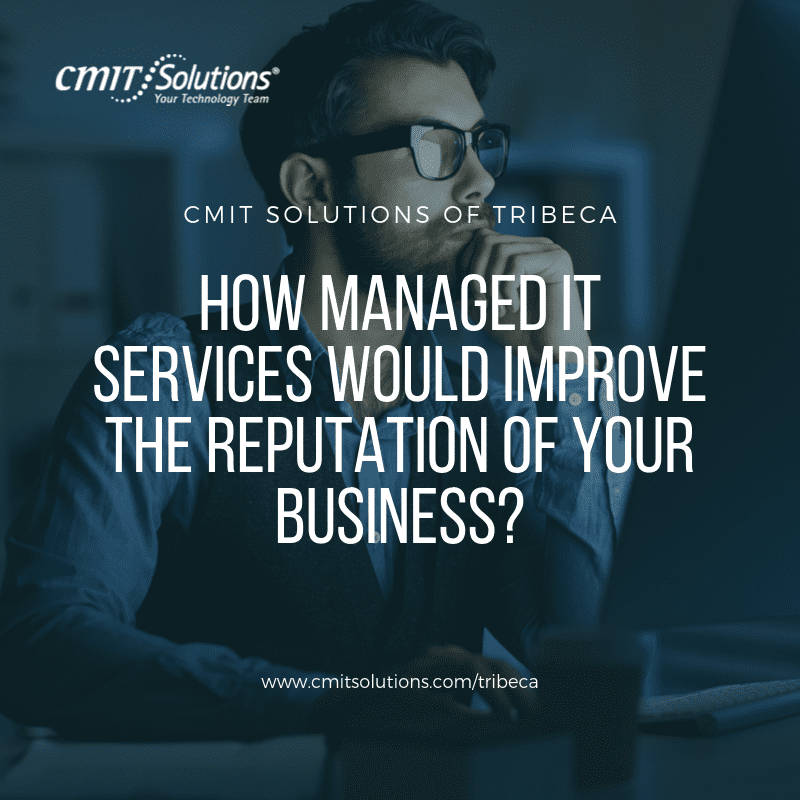Introduction
In the dynamic intersection of healthcare and media, a powerful synergy is emerging, transforming how we access, understand, and engage with health-related information. The integration of Medical IT into the media landscape is not just about technological innovation; it’s a journey that reshapes narratives, empowers patients, and amplifies the impact of health communication. In this blog post, we’ll explore the profound connections between the Medical IT industry and the media, shedding light on how this collaboration is influencing health narratives, patient education, and the overall healthcare experience.
Digital Health Communication
Advantage: The integration of Medical IT into media platforms facilitates real-time health communication. From social media channels to dedicated health apps, individuals can access accurate and timely health information, fostering a more informed public.
Example: Health organizations using social media platforms to share updates on public health initiatives, disseminate accurate information during crises, and engage with the community.
Patient Empowerment Through Health Media
Advantage: Medical IT empowers patients by providing access to a plethora of health-related media content. This includes educational videos, interactive applications, and online forums where individuals can share experiences and insights.
Example: Health apps that allow patients to monitor their vital signs, track medications, and access personalized health information, fostering a sense of ownership and control over their health.
Virtual Health Events and Webinars
Advantage: Medical IT enables the seamless organization and participation in virtual health events and webinars. This approach extends the reach of healthcare professionals, allowing them to connect with a broader audience for education and awareness.
Example: Hosting virtual health conferences, webinars, and workshops where healthcare experts share insights, research findings, and engage with a global audience.
Digital Storytelling for Health Advocacy
Advantage: The media, combined with Medical IT, becomes a powerful tool for health advocacy through digital storytelling. Patient stories, medical breakthroughs, and health campaigns can reach diverse audiences, driving awareness and understanding.
Example: Video testimonials from patients sharing their health journeys, inspiring others and raising awareness about specific medical conditions.
Health Podcasts and Streaming Platforms
Advantage: The rise of health-related podcasts and streaming platforms provides accessible and engaging content for audiences seeking in-depth discussions on medical topics, wellness practices, and expert interviews.
Example: Podcast series featuring healthcare professionals discussing the latest medical advancements, wellness practices, and addressing common health concerns.
Data-Driven Health Journalism
Advantage: Medical IT provides journalists with access to data-driven insights for health reporting. Analyzing health data trends allows for more accurate and nuanced reporting on public health issues and medical breakthroughs.
Example: Journalists using data analytics to report on the impact of a health intervention, vaccination rates, or emerging health trends.
Interactive Health Infographics and Visualizations
Advantage: Medical IT enhances the creation of interactive health infographics and visualizations, making complex medical information more accessible and understandable to the general public.
Example: Media outlets using interactive graphics to explain medical procedures, showcase the benefits of healthy habits, or illustrate the impact of certain health conditions.
Advantages of the Convergence of Medical IT and Media:
1. Accessible Health Information:
The integration of Medical IT into media platforms ensures that health information is readily accessible to a wide audience, promoting health literacy and awareness.
2. Patient Empowerment:
Patients are empowered through access to diverse health-related media content, enabling them to make informed decisions about their health and well-being.
3. Global Reach:
Virtual health events, webinars, and digital storytelling have a global reach, allowing healthcare professionals to connect with diverse audiences and share information on a broader scale.
4. Engaging Health Content:
Health-related podcasts, streaming platforms, and interactive infographics provide engaging and easily digestible content, fostering interest in health topics and encouraging healthier lifestyles.
5. Data-Driven Health Journalism:
Journalists can leverage data analytics to provide more accurate, evidence-based health reporting, enhancing the quality and credibility of health journalism.
6. Health Advocacy:
Digital storytelling and media campaigns become powerful tools for health advocacy, raising awareness about specific medical conditions and fostering community support.
7. Educational Opportunities:
Medical IT in media creates opportunities for continuous education, enabling professionals and the public to stay updated on the latest medical advancements, research, and wellness practices.
Disadvantages and Challenges:
1. Misinformation and Disinformation:
The rapid dissemination of health information through media can lead to the spread of misinformation and disinformation, potentially causing confusion and harm.
2. Digital Divide:
Not all individuals have equal access to digital health platforms, potentially creating a digital divide where certain populations are left without crucial health information.
3. Privacy Concerns:
The convergence of Medical IT and media raises privacy concerns, especially when personal health data is shared on digital platforms. Ensuring robust data protection measures is essential.
4. Overemphasis on Sensationalism:
Media’s tendency to prioritize sensationalism for engagement can sometimes overshadow accurate health reporting, leading to exaggerated or misleading portrayals of medical issues.
5. Technical Barriers:
Some individuals, particularly in older demographics, may face technical barriers to accessing digital health content, limiting their ability to benefit from the convergence of Medical IT and media.
6. Ethical Challenges in Digital Storytelling:
There are ethical challenges related to digital storytelling, particularly when sharing personal health journeys. Ensuring consent, sensitivity, and responsible storytelling is crucial.
7. Risk of Health Commercialization:
The convergence of Medical IT and media may contribute to the commercialization of health information, with potential consequences such as biased reporting or prioritization of profit over public health.
Conclusion
The convergence of Medical IT and media represents a transformative force in shaping health narratives, patient engagement, and public understanding of medical advancements. As technology continues to evolve, this collaboration has the potential to revolutionize how we perceive, interact with, and contribute to the discourse surrounding healthcare. By harnessing the power of digital communication, the Medical IT industry and media are collectively paving the way for a healthier and more informed global community.





